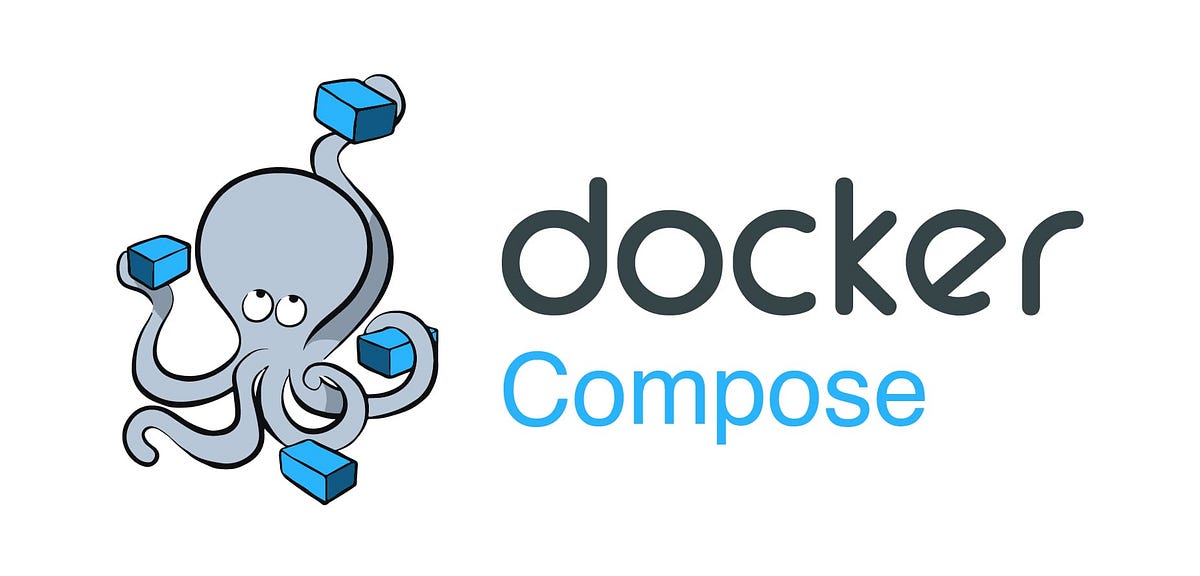Docker Compose 3-Tier Architecture Setup
 Hrushikesh Dagwar
Hrushikesh Dagwar
Welcome to our comprehensive guide on setting up a simple 3-tier architecture using Docker Compose! In this tutorial, we'll walk you through the process of creating a robust environment consisting of a database layer, an application layer, and a presentation layer. We'll utilize Docker Compose to orchestrate the deployment and management of these layers seamlessly.
And, For Setting up this architecture without using Docker Compose, You can checkout Docker Tutorial: Easy 3-Tier Architecture Setup.
Prerequisites
Before diving into the tutorial, let's ensure you have the necessary prerequisites:
An active Internet connection: You'll need a reliable Internet connection to access resources and documentation throughout the tutorial.
Docker installation: Ensure Docker is installed on your machine. Docker simplifies the creation and management of containers, which are essential for our setup. Docker Compose, a tool bundled with Docker, streamlines the management of multi-container applications.
Verifying Docker Installation
To verify if Docker and Docker Compose are installed, execute the following commands in your terminal (for Linux and macOS) or PowerShell (for Windows):
$ docker version
$ docker compose version
If Docker is not installed, refer to the official Docker documentation for installation instructions.
Setting up the 3-Tier Architecture
Our architecture comprises three layers:
Database Container: Hosting the MySQL database.
Application Container: Running the WordPress application, which connects to the database.
Presentation Layer: Serving as the front-end interface for user interaction, powered by the WordPress application.
We'll define and configure these components using a docker-compose.yml file.
Docker Compose Configuration
Let's create a new directory for our project and within it, a file named docker-compose.yml. Populate the file with the following configuration:
version: '3.8'
services:
wordpress:
container_name: wordpress
image: wordpress:latest
depends_on:
- database
environment:
WORDPRESS_DB_HOST: database
WORDPRESS_DB_USER: Hrushikesh
WORDPRESS_DB_PASSWORD: 12345678
WORDPRESS_DB_NAME: MySqlDB
ports:
- "8080:80"
networks:
- custom_network
database:
container_name: database
image: mysql:latest
environment:
MYSQL_ROOT_PASSWORD: Mysql
MYSQL_DATABASE: MySqlDB
MYSQL_USER: Hrushikesh
MYSQL_PASSWORD: 12345678
volumes:
- /data:/var/lib/mysql
networks:
- custom_network
networks:
custom_network:
driver: bridge
docker-compose.yml:
version: '3.8': Specifies the version of the Docker Compose file format in use.
services: Defines the services (containers) comprising our application.
WordPress Service
container_name: wordpress: Assigns the name 'wordpress' to the container.
image: wordpress:latest: Utilizes the latest WordPress image from Docker Hub.
environment: Sets environment variables for the WordPress container, specifying database connection details.
ports: Maps port 80 of the container to port 8080 on the host machine for accessing the WordPress application.
networks: Associates the service with the custom network
custom_network.depends_on: Crucially, this specifies that the WordPress container depends on the database container. The
depends_ondirective ensures that the database container starts before the WordPress container. This order is essential because WordPress requires a functional database to operate.Essential for interdependent services in multi-container apps.
Specifies startup order for services
Database Service
container_name: database: Names the container 'database'.
image: mysql:latest: Utilizes the latest MySQL image from Docker Hub.
environment: Specifies environment variables for configuring the MySQL container, including passwords and database settings.
volumes: Mounts a volume to persist database data, ensuring data persistence even if the container is stopped or removed.
networks: Connects the service to the
custom_network.
Networks
- custom_network: Defines a custom bridge network facilitating communication between services.
Running the Docker Compose Configuration
To deploy your multi-container application, navigate to the directory containing your docker-compose.yml file and execute:
$ docker compose up -d
This command downloads required images (if not already available) and starts the WordPress and MySQL containers in detached mode.
Verifying the Setup
Open your web browser and navigate to
http://localhost:8080. You should encounter the WordPress setup page.Follow the on-screen instructions to complete the WordPress installation.
Summary
Congratulations! You've successfully set up a simple 3-tier architecture using Docker Compose. By defining and configuring MySQL and WordPress containers within a Docker Compose file, you've established an environment capable of serving web applications seamlessly.
With this foundation, you're well-equipped to explore and expand upon containerized architectures, unlocking the potential for scalable and resilient application deployments.
Subscribe to my newsletter
Read articles from Hrushikesh Dagwar directly inside your inbox. Subscribe to the newsletter, and don't miss out.
Written by

Hrushikesh Dagwar
Hrushikesh Dagwar
Adaptable individual with a passion for continuous learning and growth, I bring a diverse skill set, leadership and mentoring abilities, and technical and creative expertise to any team or individual.